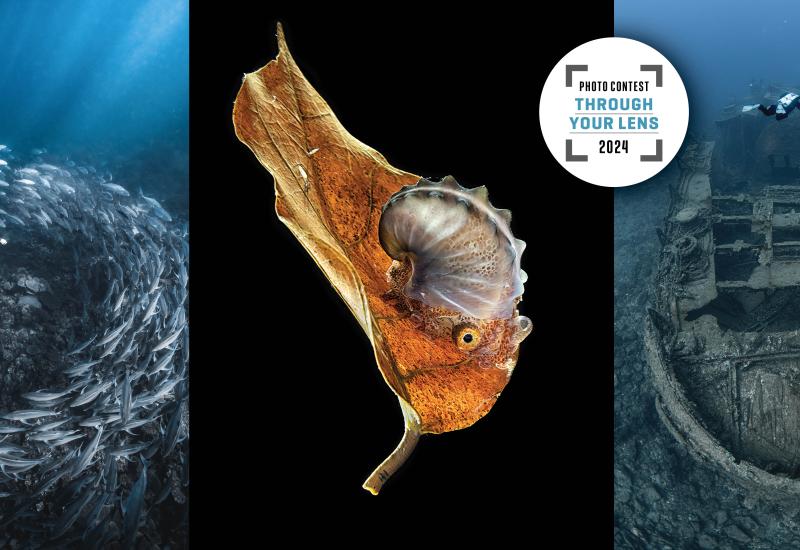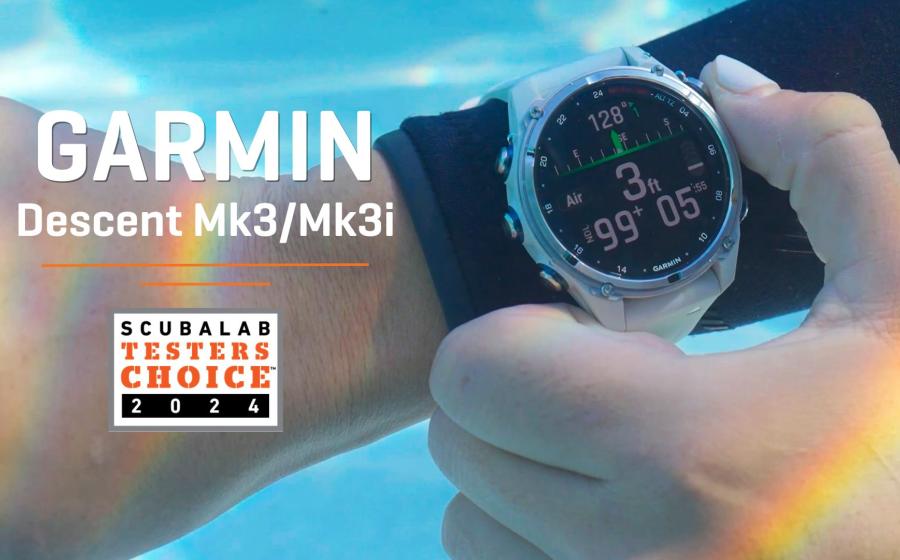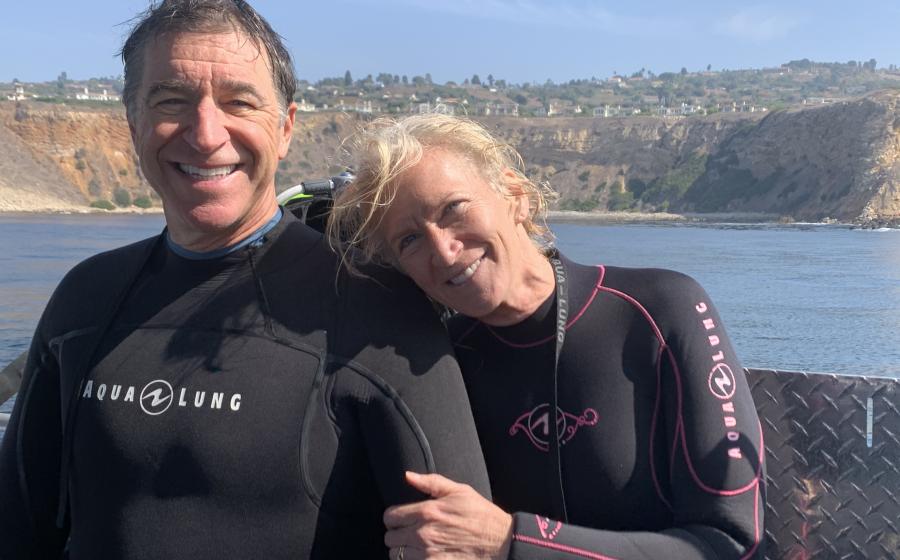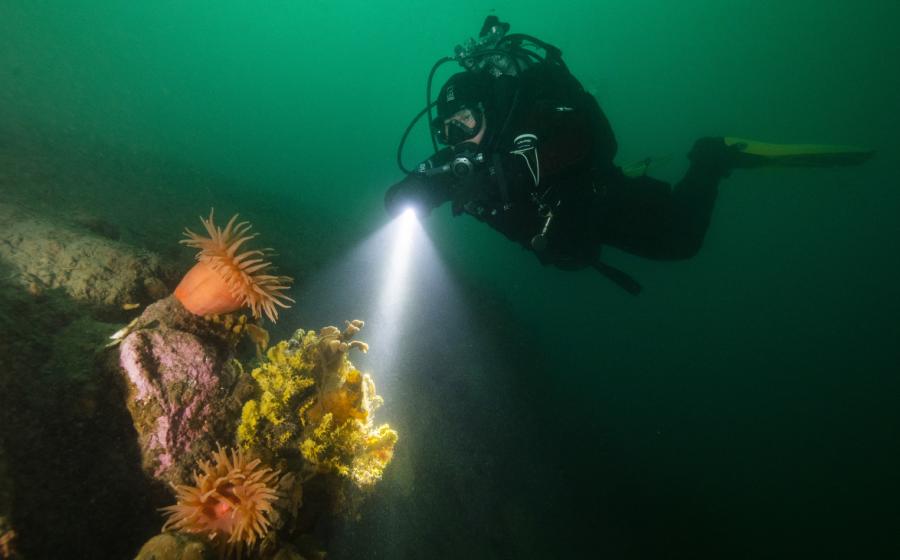Say Cheese! How to Orchestrate Stunning Fish Portraits

Alex MustardSmall gestures or precise moments from the subject often create memorable portraits.
Tell a non-diver what you get up to underwater and you’ll often get the response: “What do you photograph? Fish?” This response indicates that every underwater photographer’s portfolio should contain some quality fish portraits. But fish are always on the move, darting in and out of focus, and turning away to leave you snapping at their tails. While portraits can be challenging, these tips will help you make them stand out.
Tip 1
Proper Focus
Finding the right fish and situation is crucial. Focus on what is friendly and abundant. What is common in one place will often be the sought-after rarity at the next destination. I save my fish photography for shallow, easy dives. You won’t nail a precise focus or composition when buffeted by a fierce current or washing-machine swell. I particularly like local sites, shore dives and house reefs used for diver training because the conditions are benign, there is plenty of time, and the fish at these sites are used to seeing people—especially novice divers. If you are calm, slow and neutrally buoyant, you will be rewarded with excellent opportunities.

Alex MustardEye contact helps the viewer see the individual and feel a connection to the subject.
There are plenty of fish that do stay still. These include the camouflaged frogfish, the goby that lives on a wire coral, the moray protruding from a hole in the reef, and the seahorse wrapped around a blade of sea grass. These subjects are easy to photograph, but everyone knows that. So, if you want your images to stand out, you should take on the swimmers!
A very mild current will line up swimming fish, which is ideal. If you position yourself slightly up current, the fish will face toward your lens. But the most important factor is the right fish. From time to time, you meet a scaly supermodel, a particularly friendly fish that just wants to pose. This could be a fish accustomed to divers, one intent on defending its patch, or one so full of amorous intent that it doesn’t care about anything else. You don’t need to be too concerned with the reason, what matters is not passing up the opportunity.
Once you find the right subject, lighting choices are reasonably simple. Most underwater photographers favor two strobes in classic 9 o’clock and 3 o’clock positions for fi sh portraits. Unlike human portraits, where a photographer might look to use uneven lighting to create shadows and emphasize the features of their sitter, most fi sh are streamlined and lack the lumps and bumps to bring out. Even lighting is usually best to reveal their colors and details. The exception is in muck-diving destinations, where gargoyle-like species can be celebrated—warts and all—with uneven lighting.
Photographing moving fi sh puts emphasis on your camera’s autofocus performance. Add to this the lower light levels and the low contrast of the underwater world and you have one of the toughest autofocus challenges in any branch of photography. If you are a compact shooter, this is probably the discipline in which your gear has the biggest performance disadvantage to more expensive cameras. It is important to be realistic and invest more time in subjects where your camera will excel. The latest mirrorless cameras have excellent autofocus, and the top models now have eye-tracking focus. As technology marches on, we’re rewarded with far better tools than our predecessors.
Tip 2
Personality On Display
Much as we love them, we must accept that scaly, slimy fish don’t have the natural charisma of species like polar bears, pandas or penguins. This means you must work harder to create images that will appeal to a wide audience. The solution is to take the viewer beyond the scales and allow them to see an individual, a creature with character and personality.
The golden rule for capturing character is strong eye contact, which is best when you bend your back and get right down to the eye level of the subject. You’ll know instantly when a photo has really powerful eye contact. If you have to ask whether a photo has optimal eye contact—then it doesn’t!
Some fish species have forward-facing eyes, and you should try to photograph these species head-on. This naturally arranges the fi sh’s features with their eyes above a “nose,” above a mouth—forming a recognizable face. Not all fish have forward-facing eyes. Instead, many have their eyes more on the sides of their heads. With these species, it is much better to focus on getting strong eye contact from one eye rather than ending up with poor eye contact from two eyes. You will still produce a recognizable face, just in profile.
And once the viewer can see a face, they won’t see a fish! Instead, they will see an individual they can relate to; they will project character, emotion or personality onto the subject. Even when it isn’t there. You may already have a fish photo where people say the subject looks grumpy, surprised or curious. This is exactly what you want; it means your subject has transcended being a scaly, slimy fish and has become a character. Memorable fish portraiture is not about photographing fish, but photographing faces.










